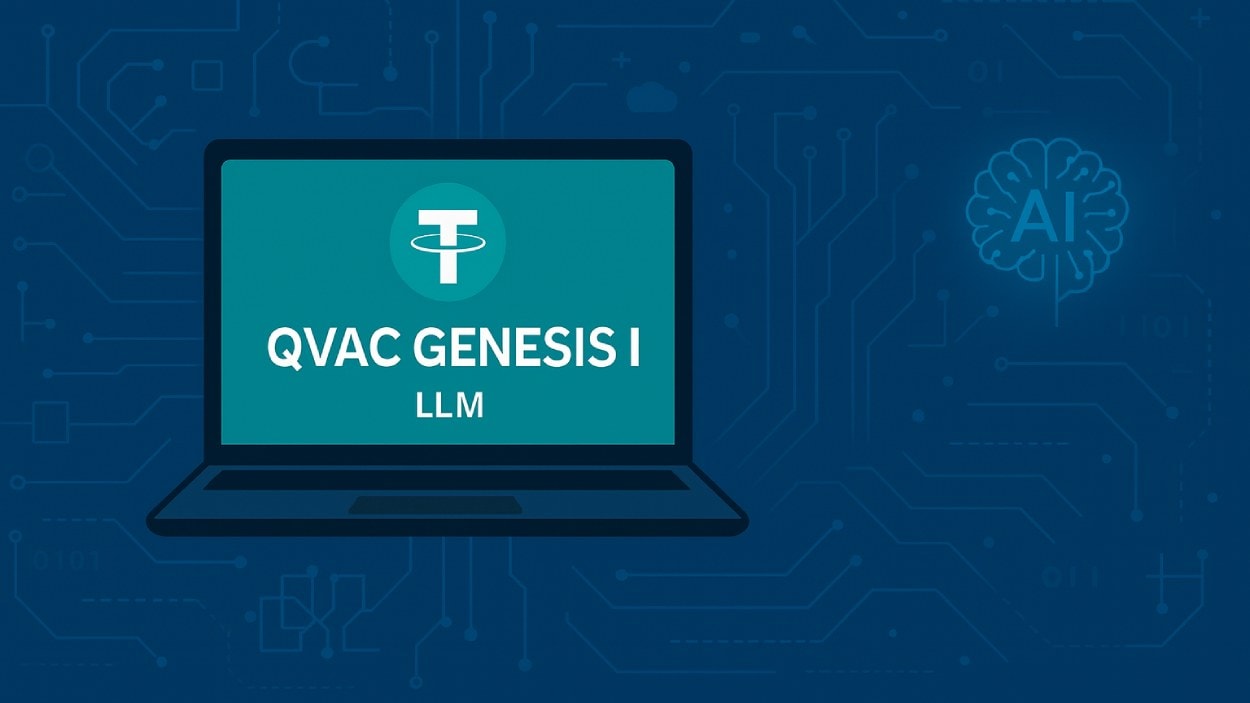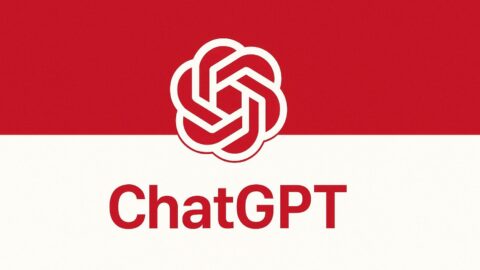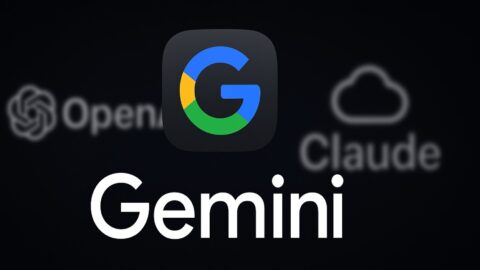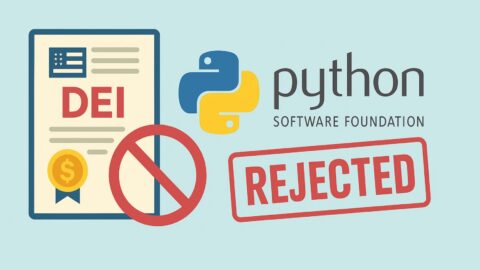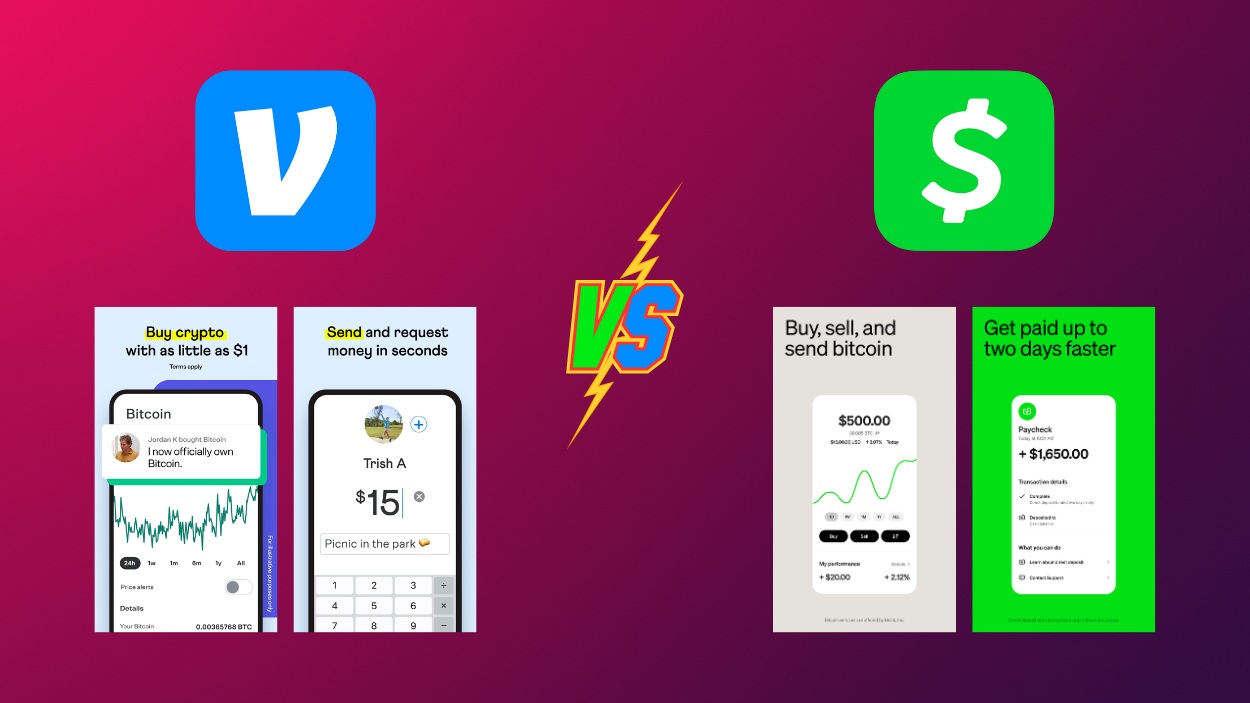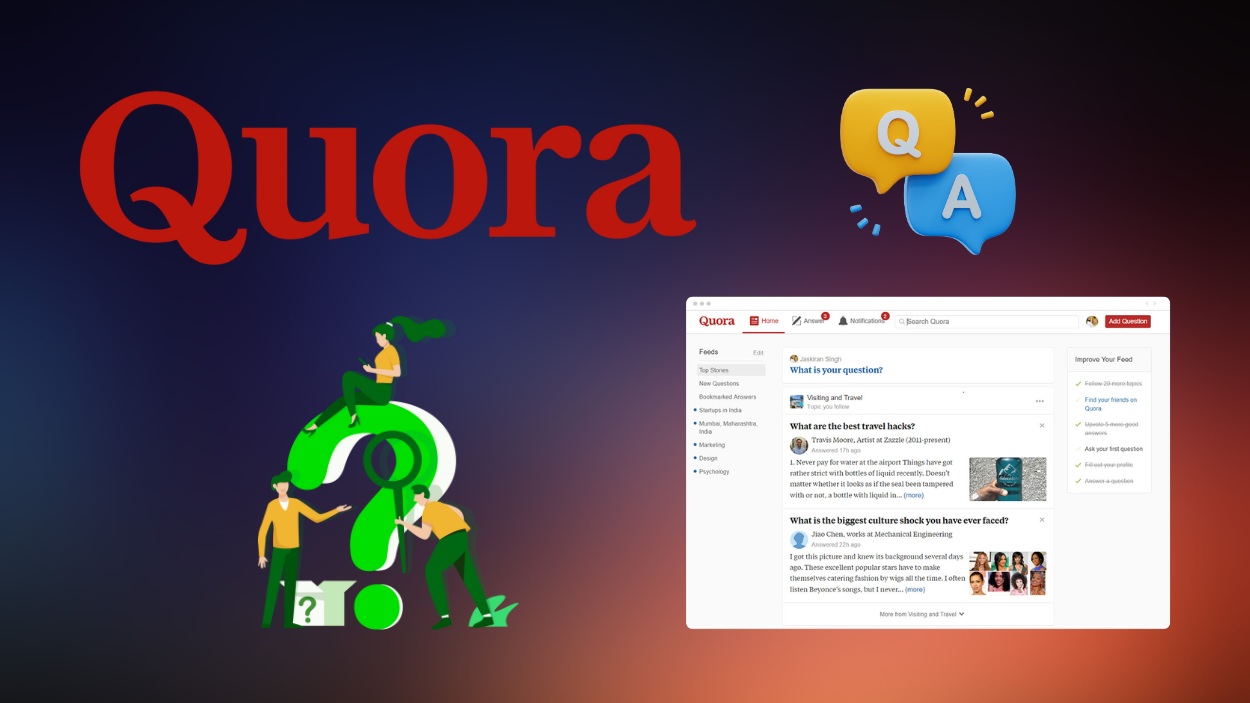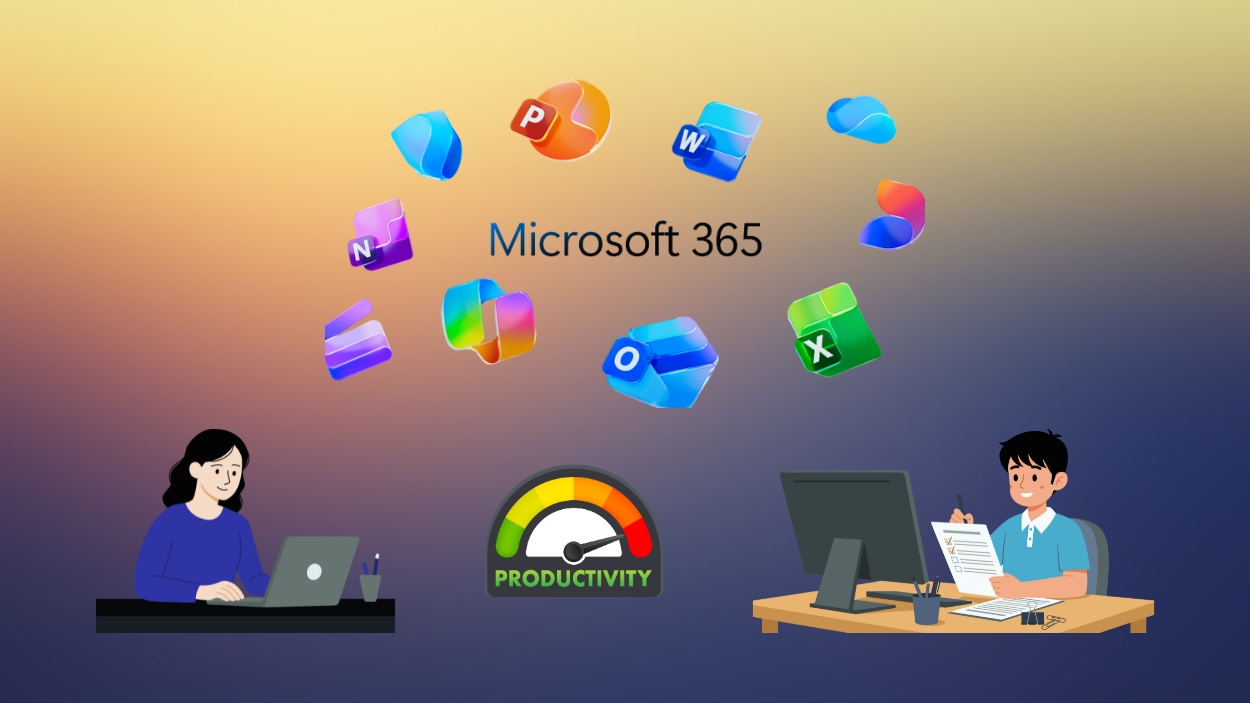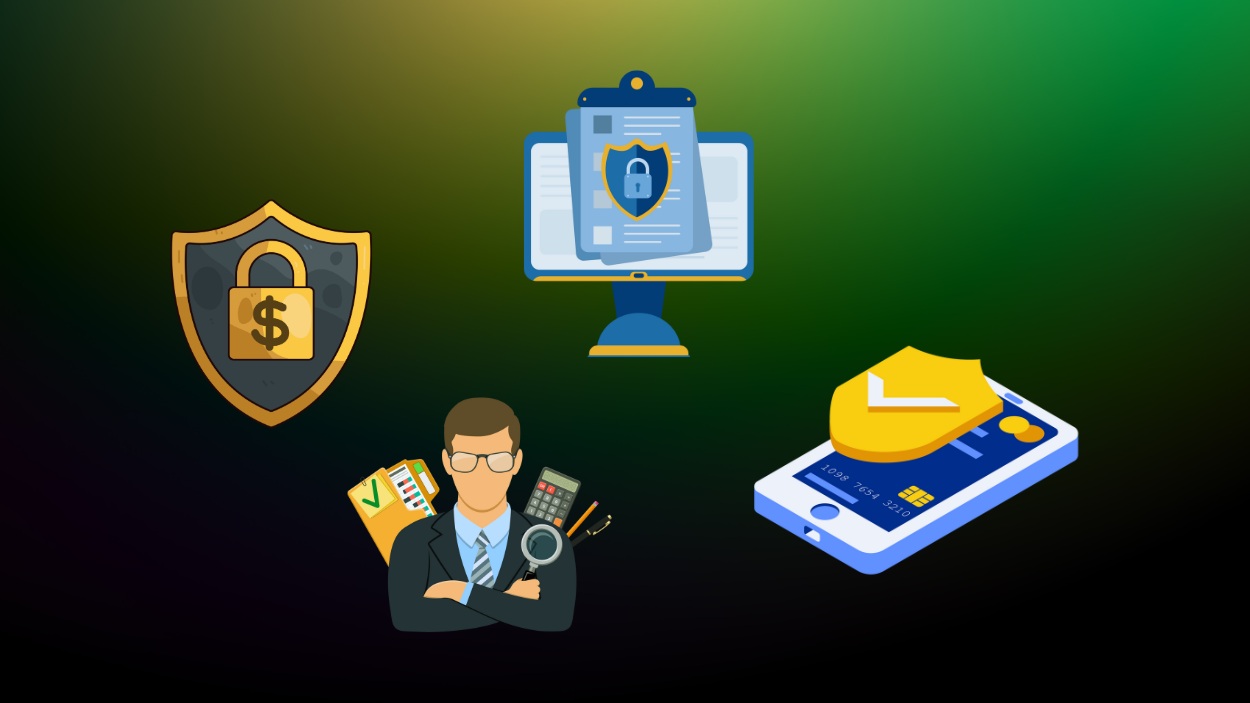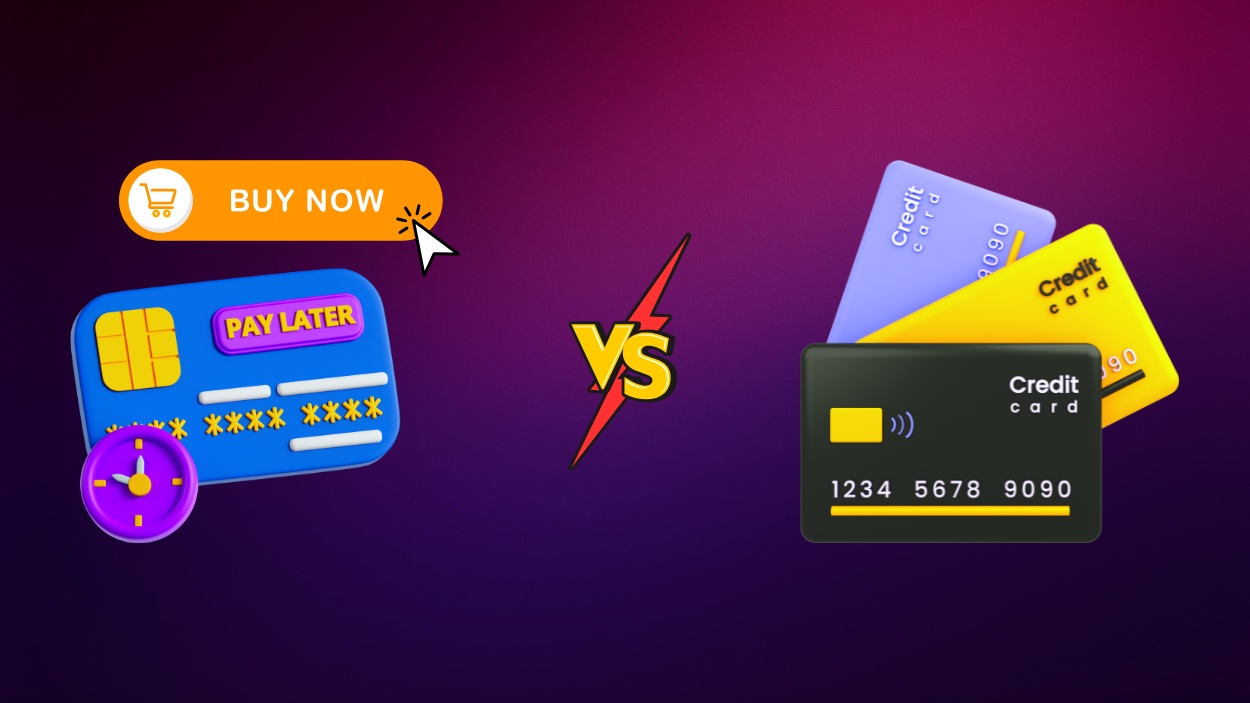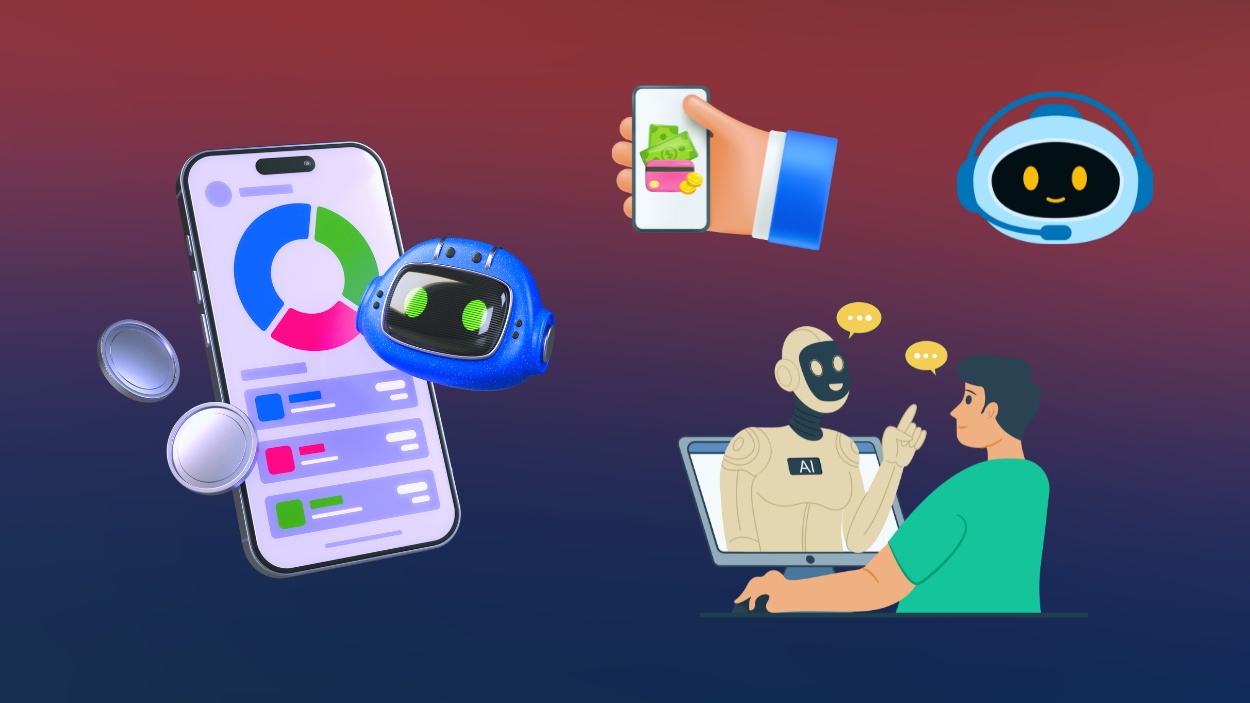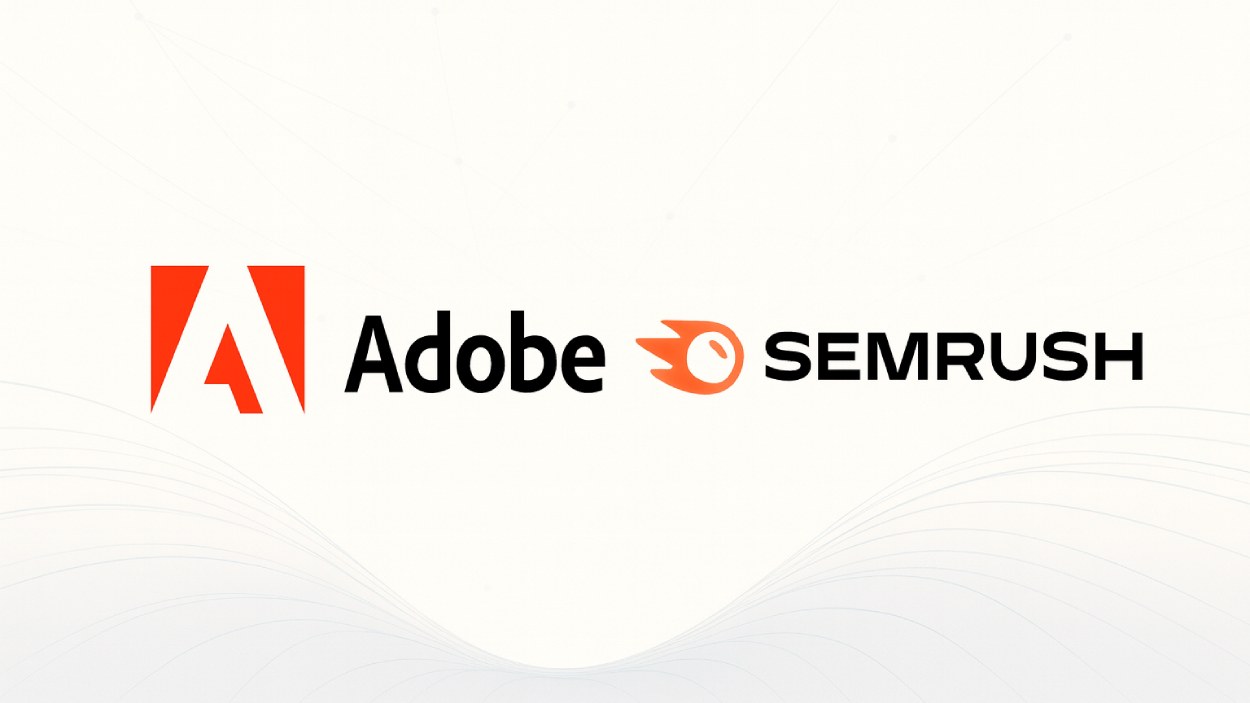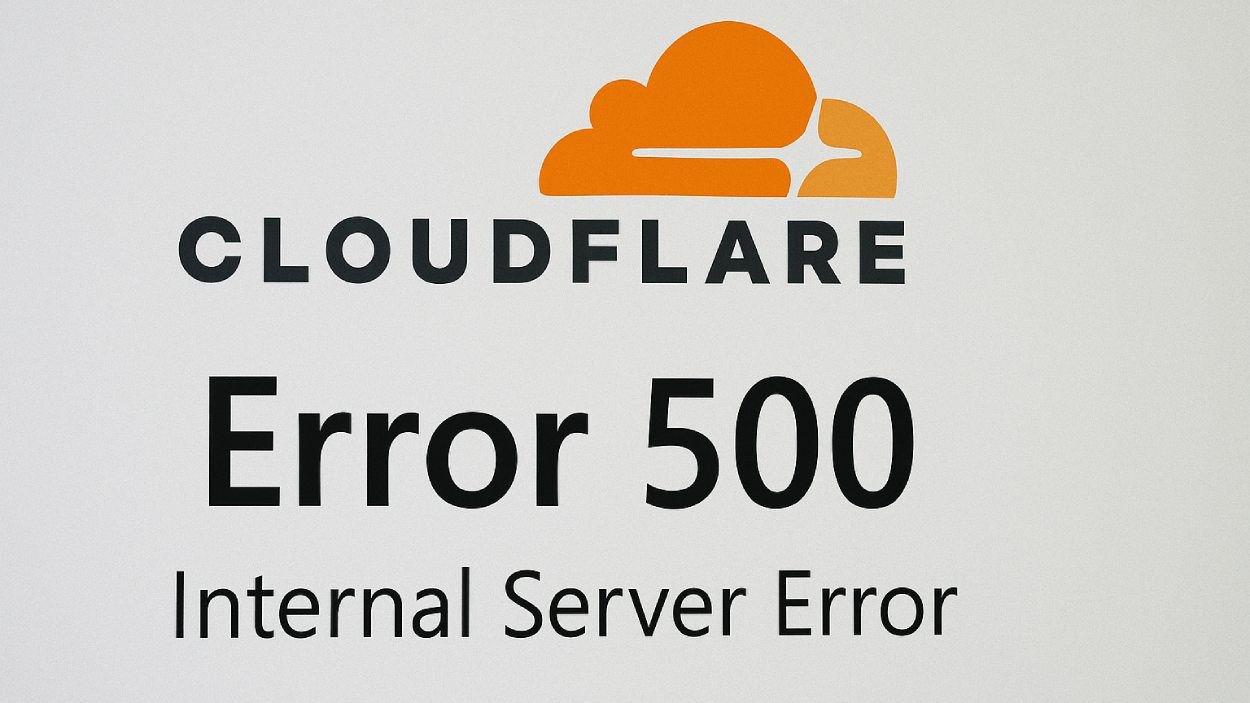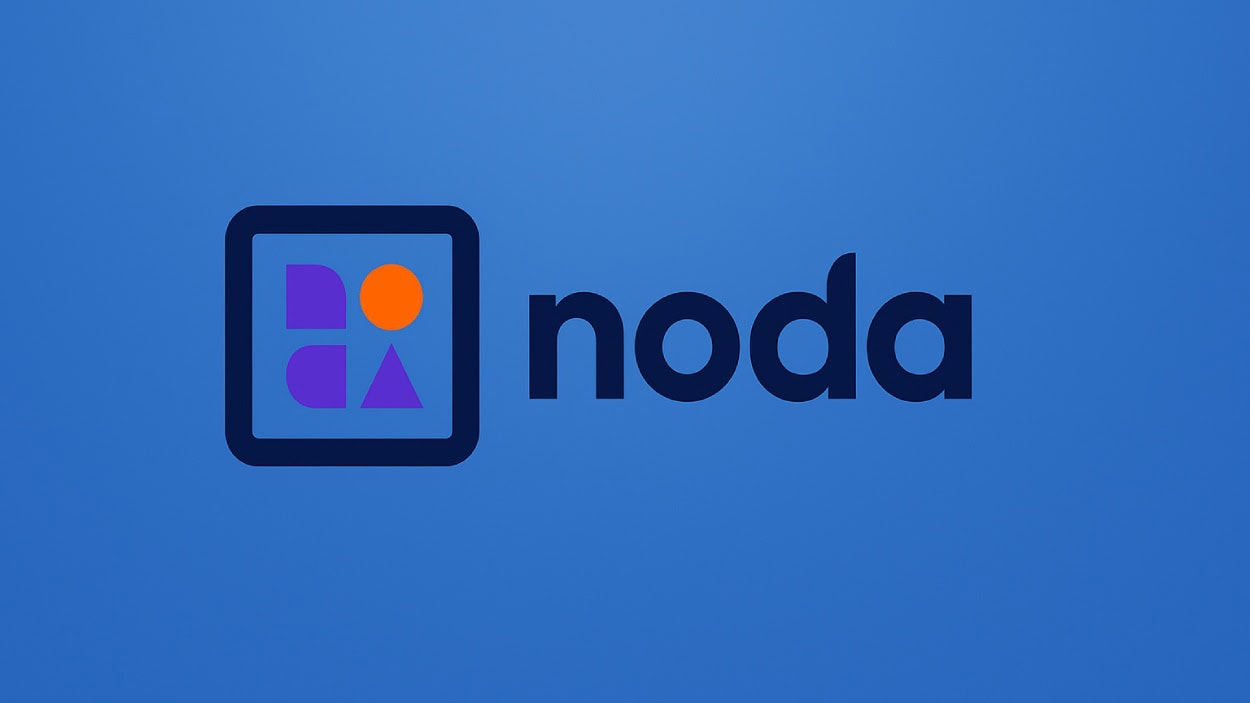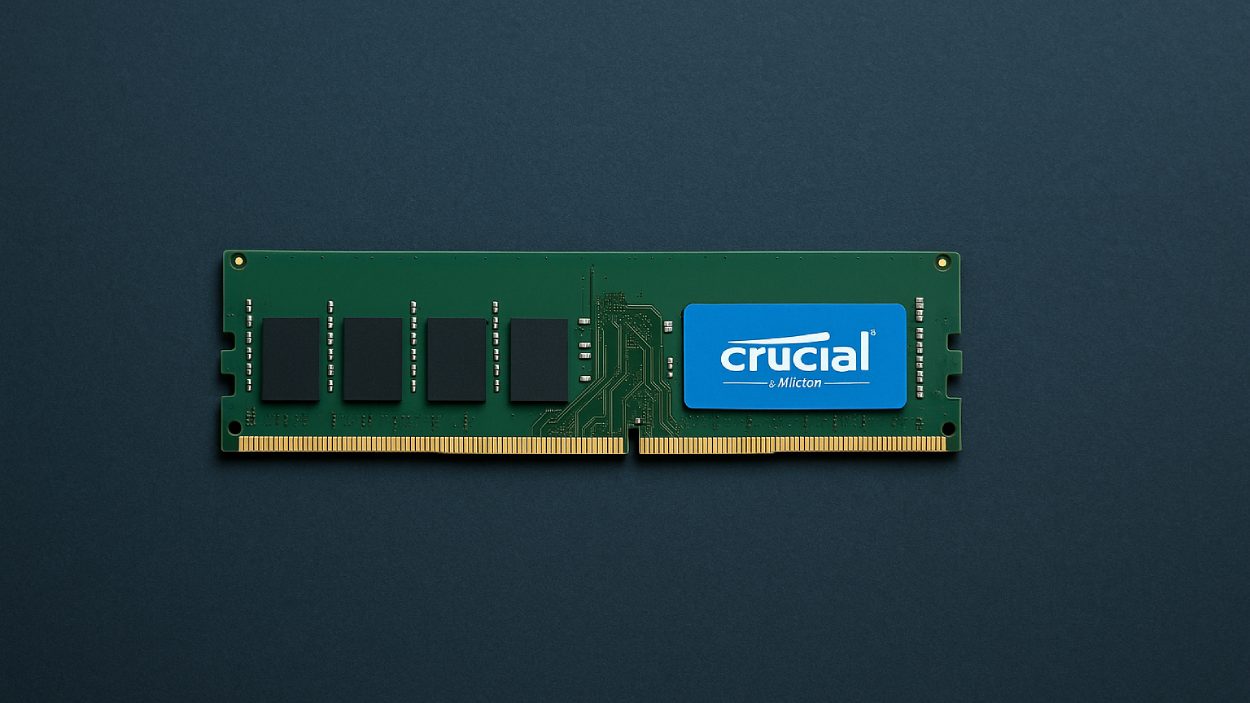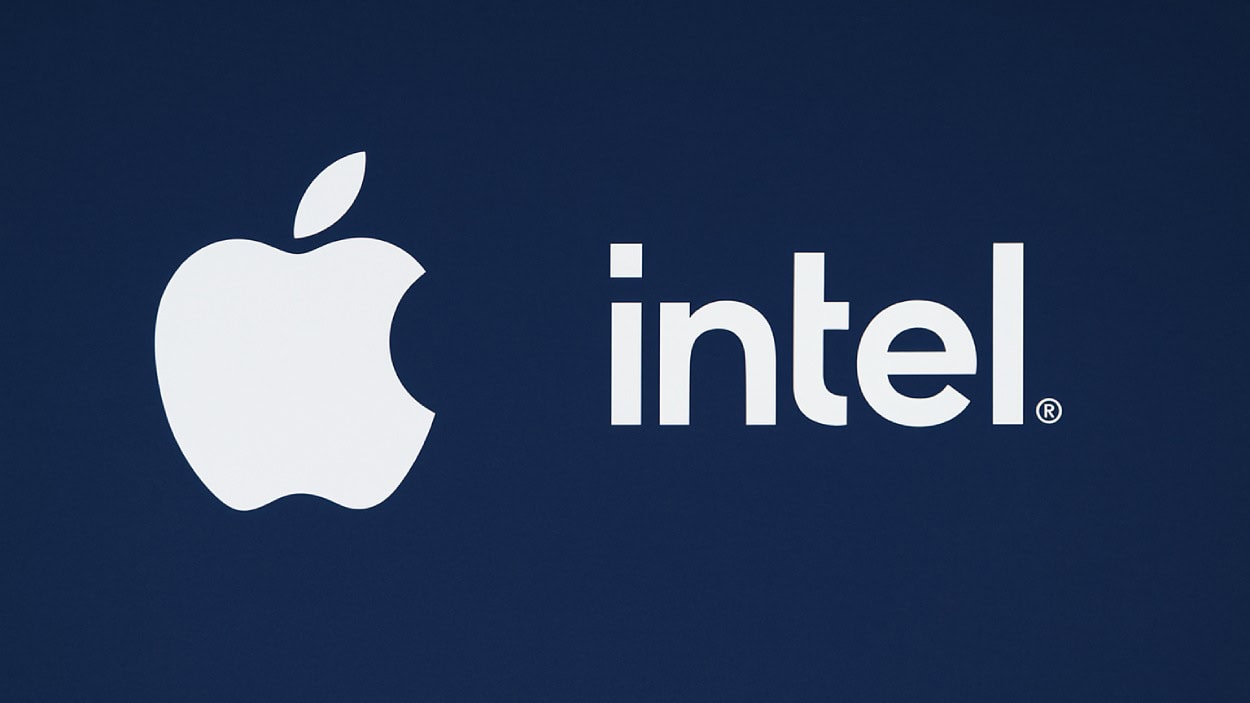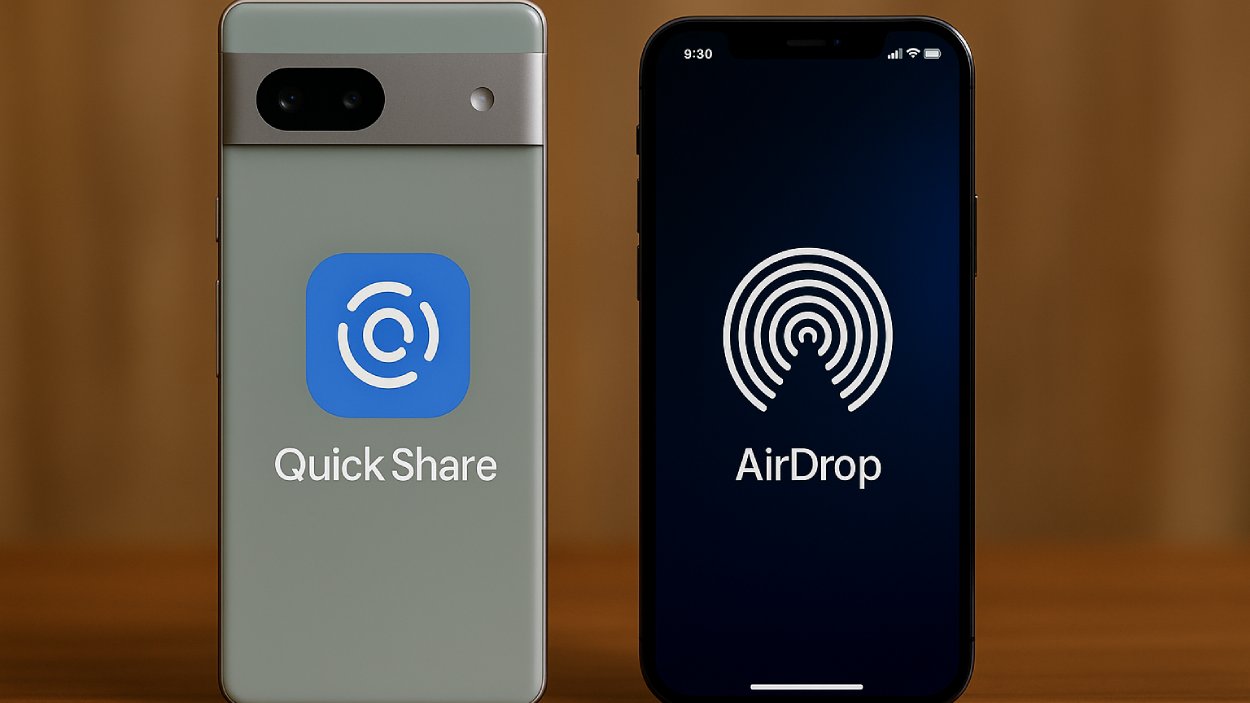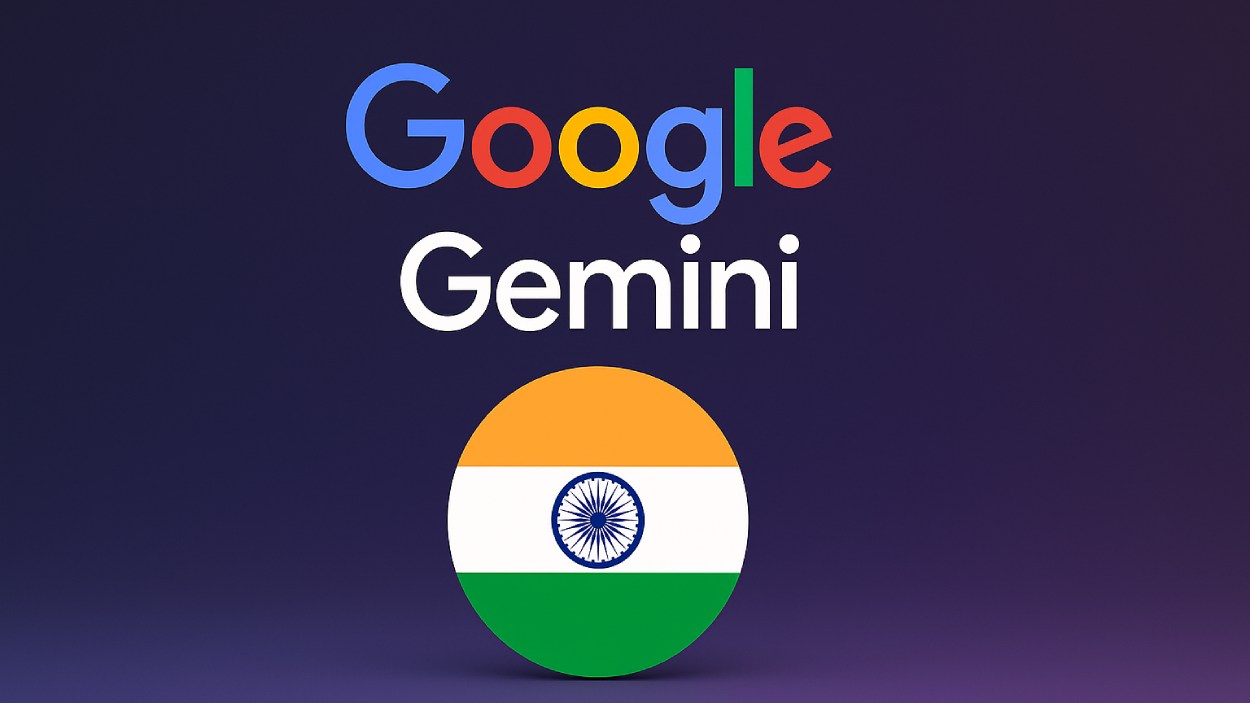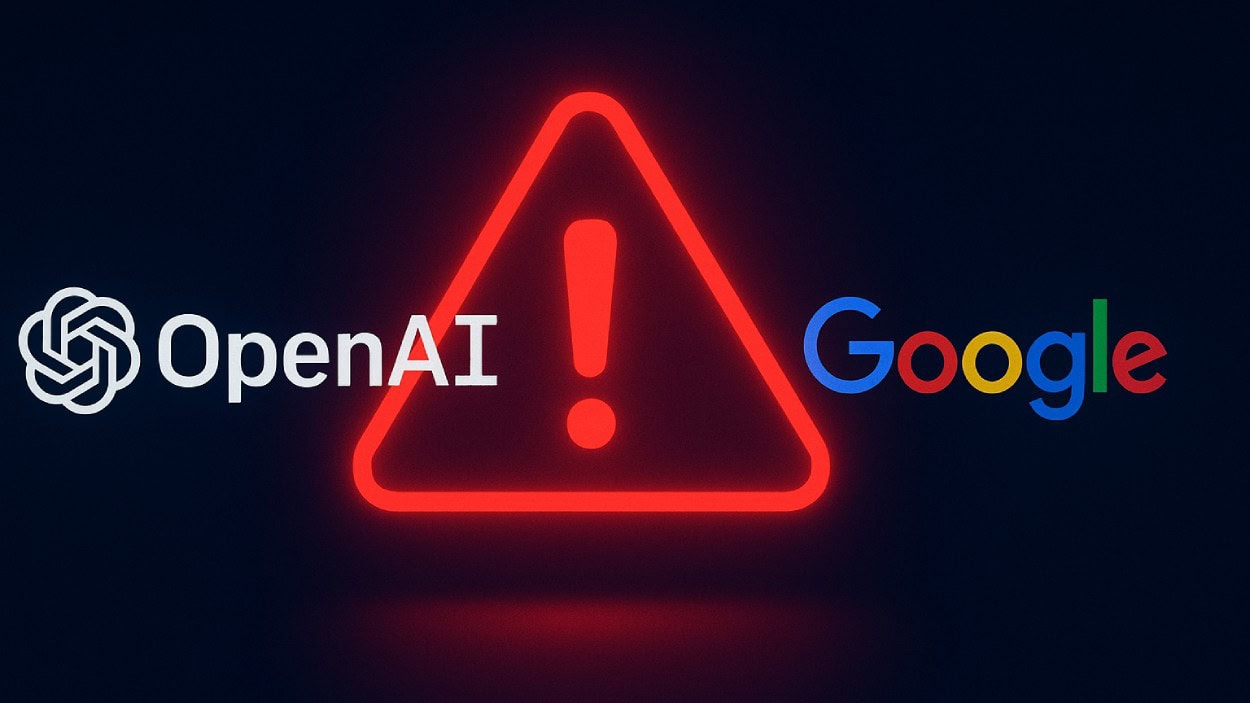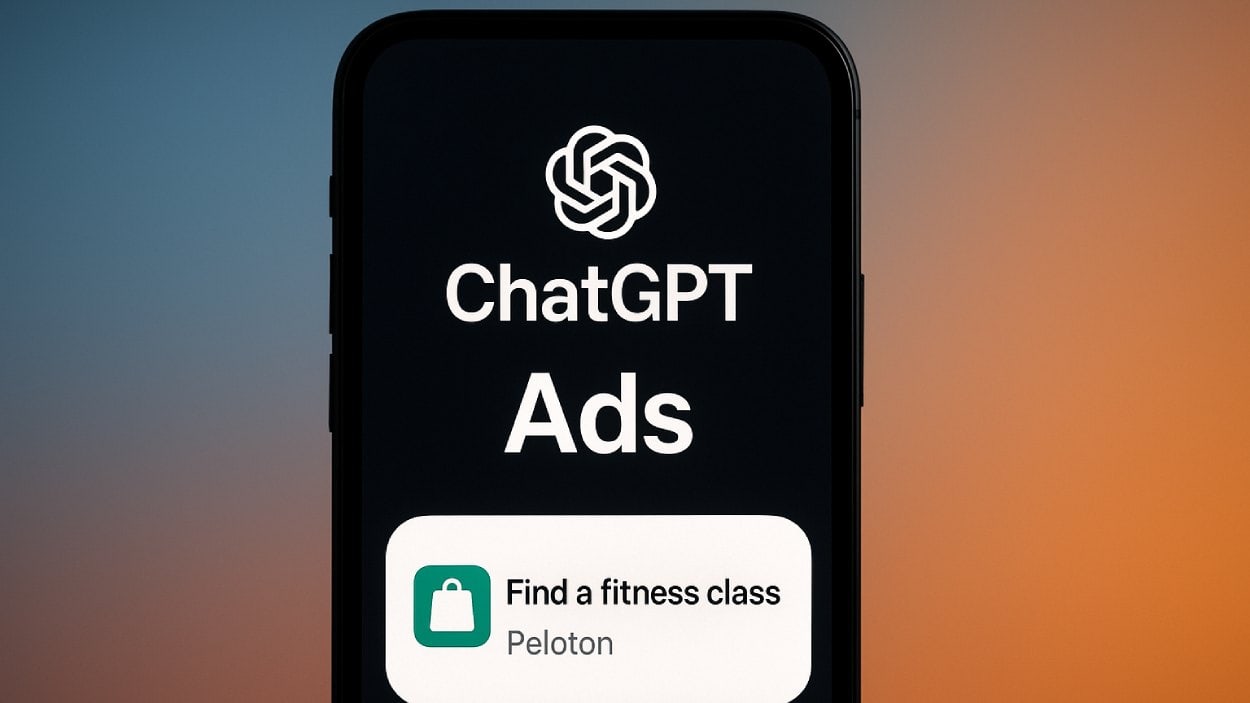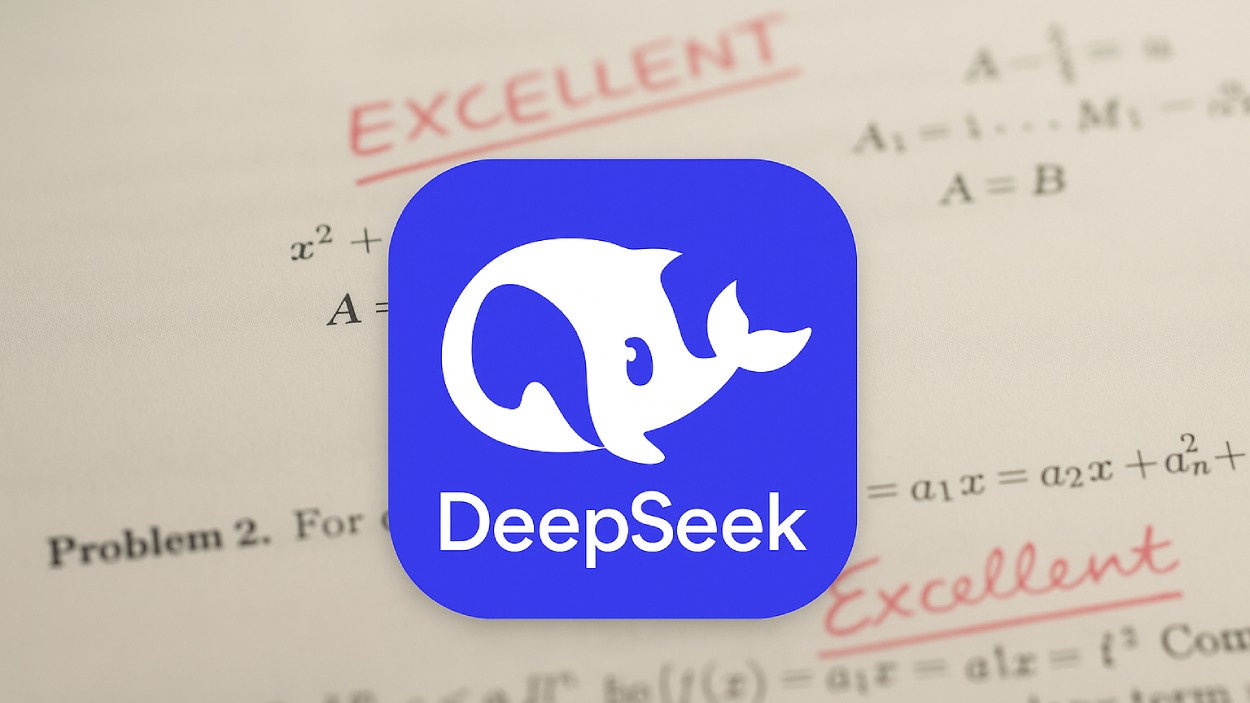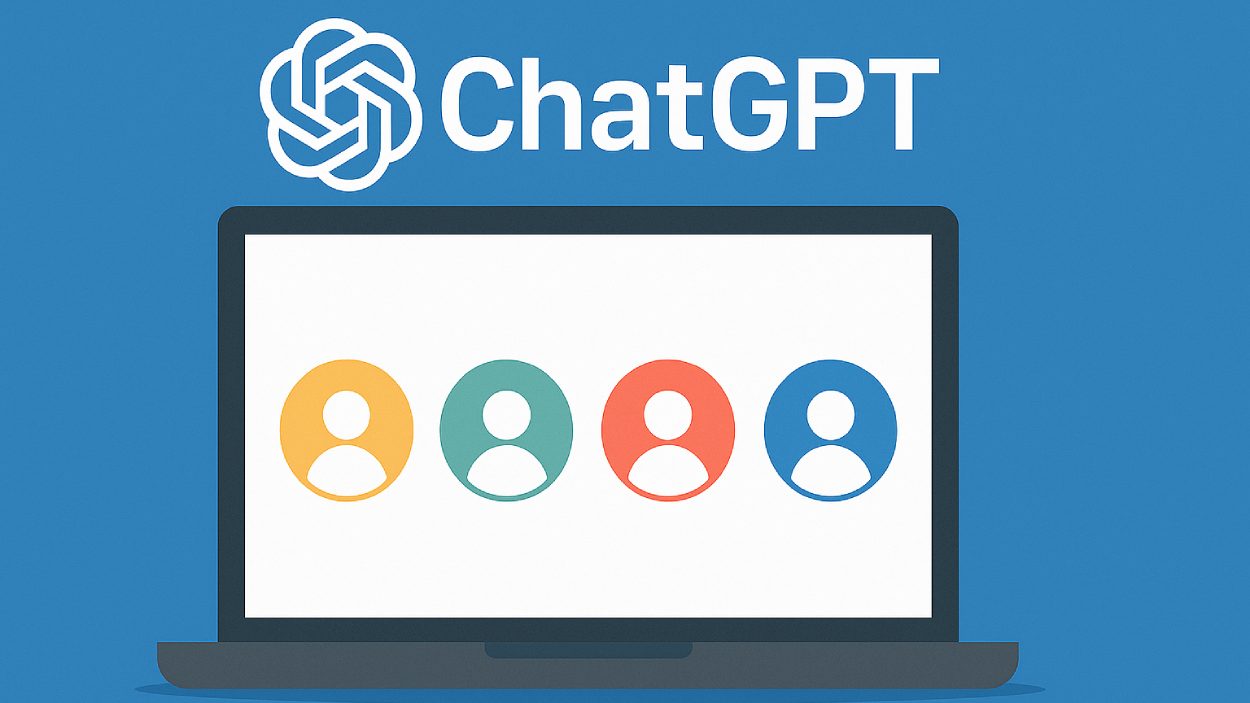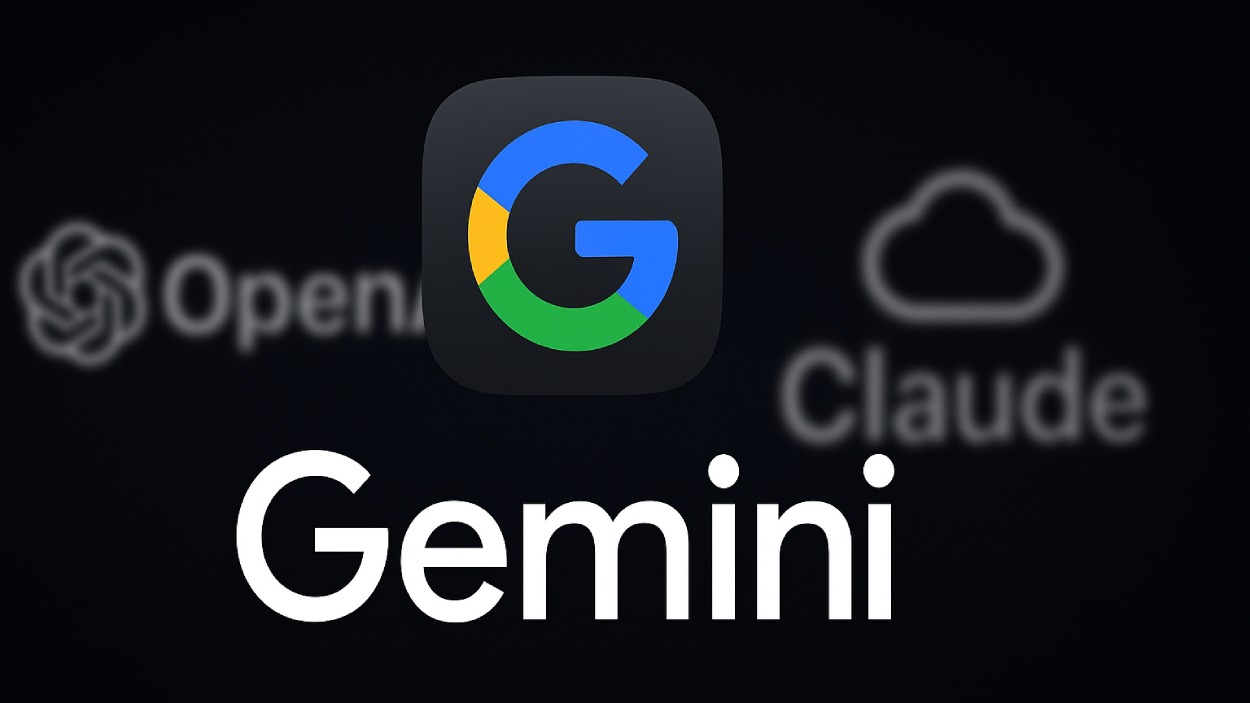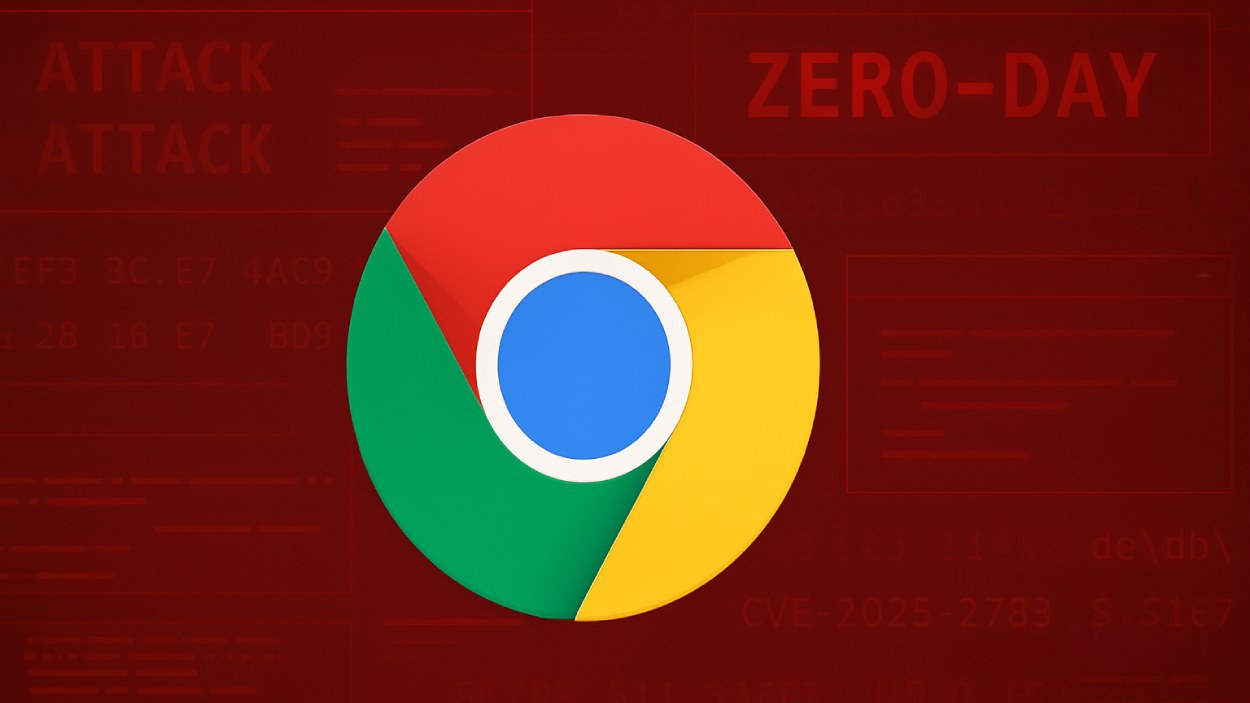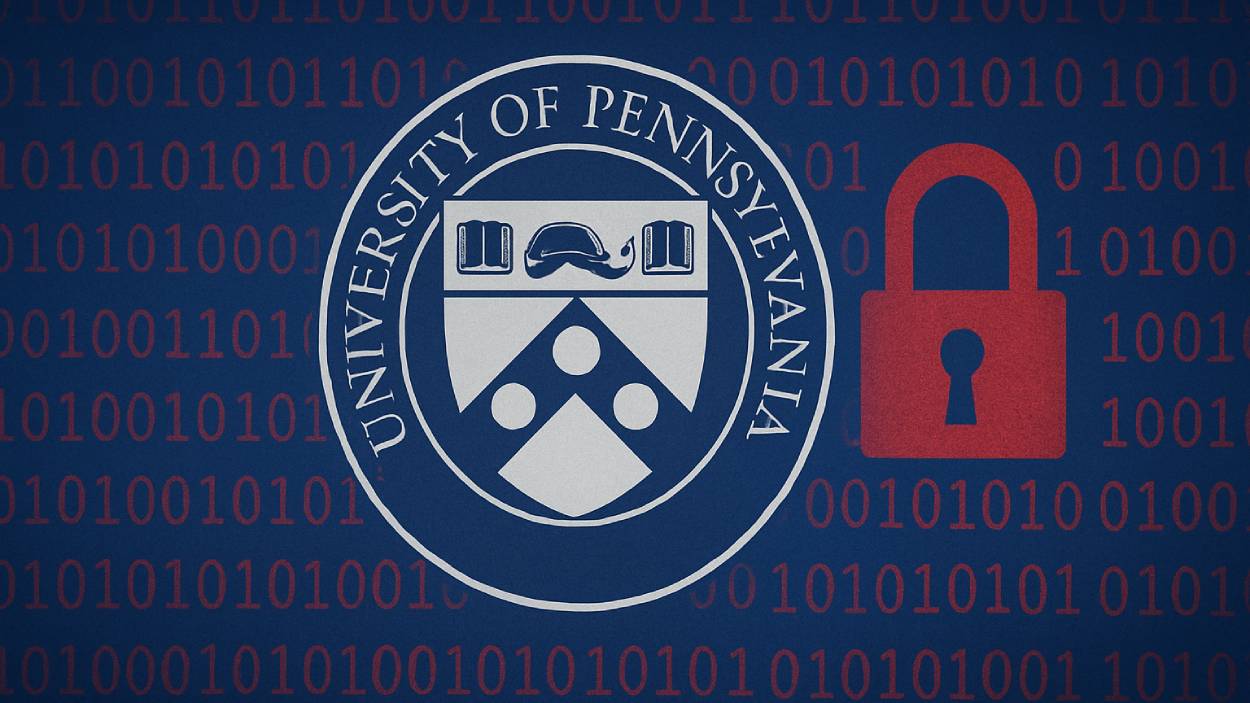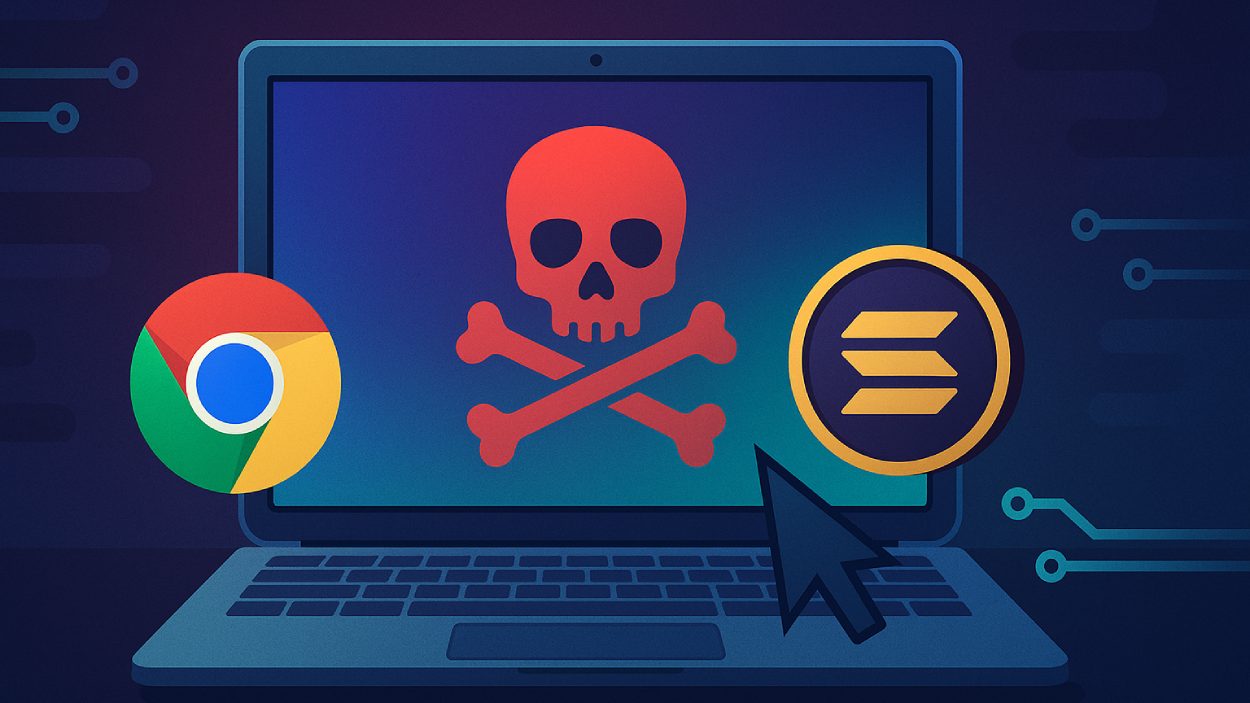Tether is pushing into decentralized AI with a massive new synthetic dataset and a powerful local AI app that puts STEM intelligence directly in users’ hands.
Quick Summary – TLDR:
- Tether’s AI arm QVAC released QVAC Genesis I, a 41 billion token synthetic dataset to train STEM-focused language models.
- It also launched QVAC Workbench, an on-device AI app supporting top models like Llama and Whisper, ensuring 100% user data privacy.
- Both tools aim to decentralize AI development and challenge Big Tech’s grip on model training and hosting.
- This move also aligns with Tether’s larger pivot beyond stablecoins into crypto-banking and AI infrastructure.
What Happened?
Tether has announced a major leap into the AI space by launching QVAC Genesis I, the largest synthetic dataset ever created for training artificial intelligence, and QVAC Workbench, a new local AI application for consumer use. These two offerings form part of Tether’s growing ambition to shift intelligence out of centralized cloud systems and into the hands of individuals.
Tether Releases QVAC Genesis I, World’s Largest Synthetic Data Set to Train STEM-Focused AI Models, Alongside QVAC Workbench, a Comprehensive Local AI App
— Tether (@Tether_to) October 24, 2025
Read more: https://t.co/KVDap1l9GQ
Tether Takes on AI Centralization
The QVAC Genesis I dataset is a synthetic training resource containing 41 billion text tokens, each representing a small piece of language. The dataset was specifically designed to support the creation of high-performance language models in fields like mathematics, physics, biology, and medicine. It stands out not just for its scale, but for its educational focus and rigorous validation across scientific benchmarks.
According to Tether, this dataset is meant to compete with proprietary AI systems by offering a public, structured dataset that promotes reasoning, logic, and deep problem-solving instead of simple language mimicry.
QVAC Workbench Brings AI to the Edge
Alongside Genesis I, Tether introduced QVAC Workbench, a comprehensive AI workspace that runs directly on user devices. This app supports popular open-source models like Llama, Qwen, Medgemma, Whisper, and SmolVLM, and is currently available for Android, Windows, macOS, and Linux, with iOS support on the way.
What sets QVAC Workbench apart is its local-first design. All AI chats and interactions happen on the device itself, ensuring that user data stays private and never leaves their machine. A feature called Delegated Inference even allows users to link their mobile and desktop apps for peer-to-peer computing, tapping into the processing power of their personal devices.
A Larger Vision for AI and Crypto Integration
These releases align with Tether’s broader transformation beyond stablecoins. Over the past year, the company has taken steps into decentralized AI infrastructure, including launching an open-source Wallet Development Kit (WDK) to allow AI agents and humans to transact securely over blockchain.
Tether has also recently invested in Pave Bank’s $39 million Series A funding round, supporting a commercial bank that merges traditional finance with digital asset capabilities. It is reportedly raising up to $20 billion in exchange for a 3% stake in the business as part of its expansion into AI and finance.
However, Tether’s dominance in the stablecoin market is gradually declining. While USDT still has over $182 billion in circulation and around 500 million users globally, its market share has slipped from 70% to under 60% in the past year, with competitors like Circle’s USDC gaining ground.
SQ Magazine Takeaway
I think this is a really bold and refreshing move from Tether. In a time when Big Tech is locking AI behind paywalls and centralized servers, giving people the tools to build, train, and run AI locally is empowering. The QVAC Genesis dataset could be a game-changer for anyone working in science and education, and QVAC Workbench shows that powerful AI doesn’t have to live in the cloud. It’s a strong message: the future of AI should be open, private, and individually controlled. This isn’t just about tech, it’s about freedom to learn, build, and think without limits.

